Both phases of the Grenfell Tower Inquiry reveal critical failures at multiple levels. This ranges from the fire safety systems to construction decisions, and from regulatory oversight to the emergency response. The reports offer a detailed look at the events that unfolded, exposing significant shortcomings in building practices, materials, and governance that ultimately cost lives.
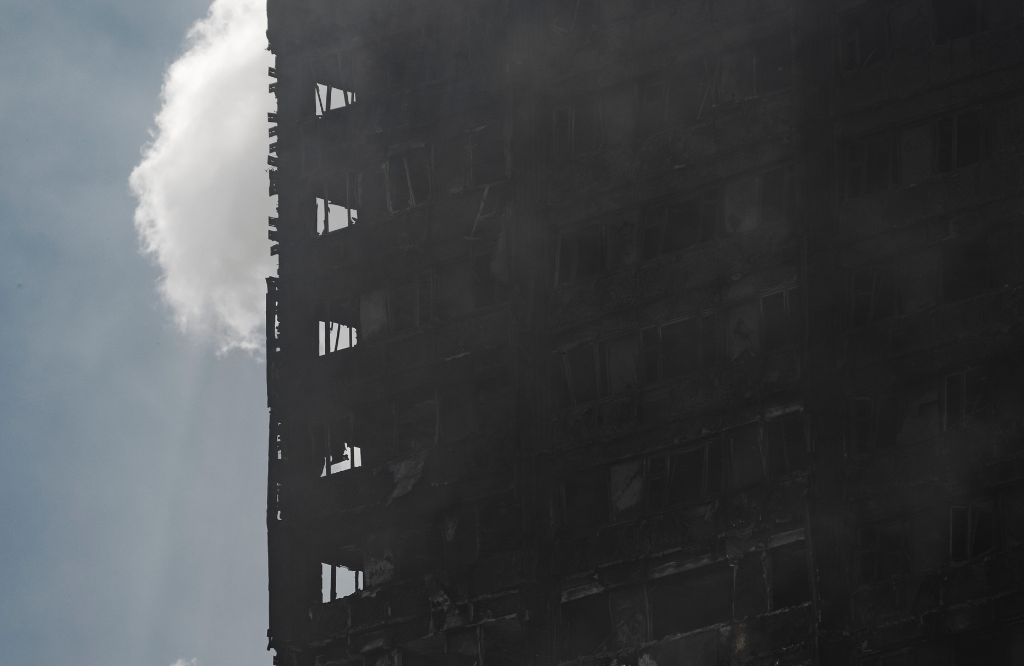
Phase 1 Report Summary
The Phase 1 Report, released in 2019, focused on the events of the night of the 14th of June 2017, when the fire at Grenfell Tower broke out.
It identified the primary cause of the fire, the London Fire Brigade’s (LFB) response, the reactions of other emergency services, and how quickly the fire spread throughout the structure.
Key Findings
Cause of the Fire
The fire started in a fridge-freezer in Flat 16 due to an electrical fault. What made the situation worse was the presence of highly flammable materials, especially the aluminium composite material (ACM) cladding with a polyethylene core, which played a major role in the fire’s fast and rapid spread.
Cladding and Insulation
The investigation revealed that the cladding and insulation installed during the 2016 refurbishment didn’t meet fire safety standards. The combination of flammable cladding and insulation allowed the fire to race through the building, spreading both vertically and horizontally at an alarming speed.
Failures in Compartmentation
The fire also breached the building’s compartmentation system. The system is designed and put in place to keep fires contained within individual flats. Windows, fire doors, and other safety features failed, allowing the flames and toxic smoke to spread quickly throughout the building.
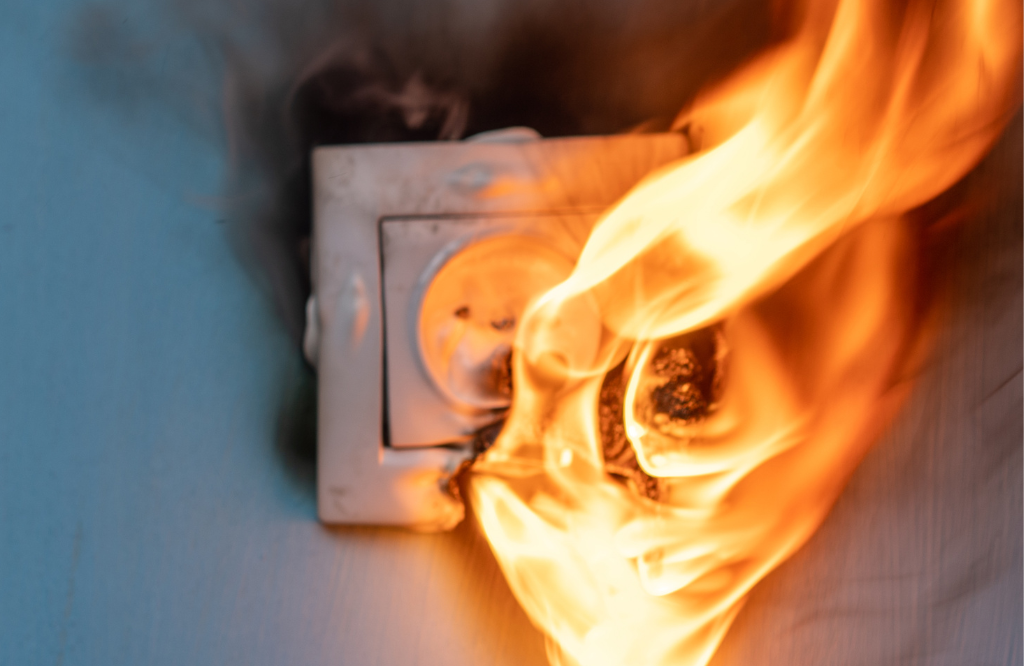
London Fire Brigade Response
The report sharply criticized the London Fire Brigade (LFB) for relying too long on the “stay put” policy. This approach only made sense if the fire compartmentation remained intact. When it became clear that this had failed, the delay in switching strategies contributed to the tragic loss of lives. The LFB also faced serious breakdowns in communications between their control room and incident commanders on the ground.
Emergency Services Coordination
Another major issue was the poor coordination between emergency services. The London Fire Brigade, London Ambulance Service, and Metropolitan Police failed to effectively communicate. Major incident declarations were not accurately announced, which delayed critical responses.
Evacuation
The report also criticised the lack of a contingency plan for a full evacuation of The Grenfell Tower. Had evacuation been initiated earlier, more lives would have been saved.
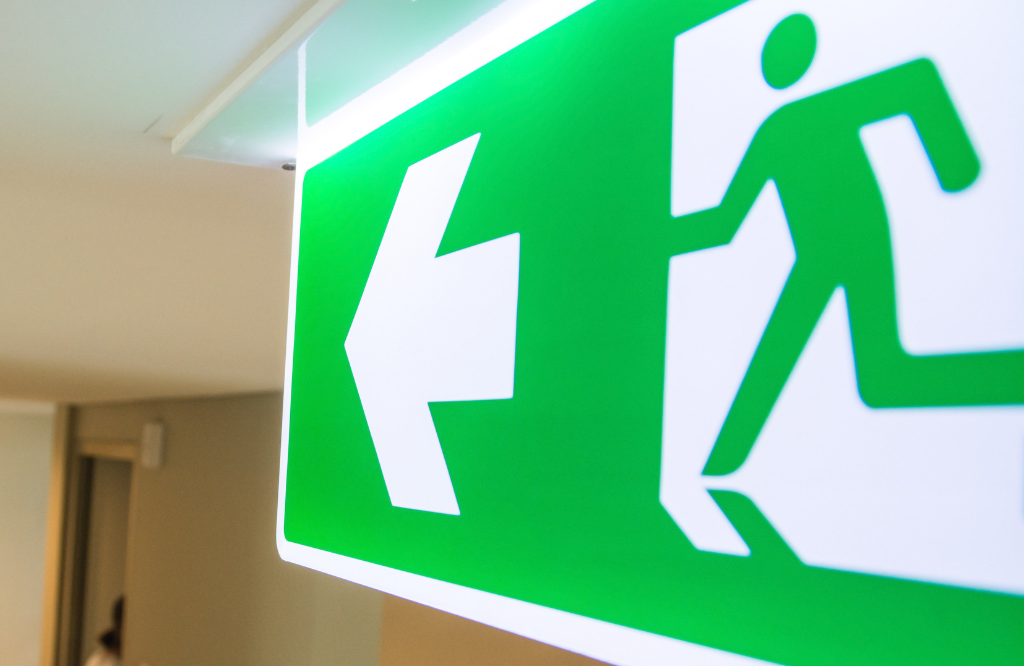
Recommendations
The Phase 1 report pf the Grenfell Tower inquiry put forward several key recommendations to ensure that fire safety in high rise buildings is up-to-standard. These focused on:
- Strengthening communication and command protocols for fire and rescue services.
- Providing residents with improved and more accessible fire safety information.
- Reviewing the materials used in building exteriors to ensure they can resist the spread of fire.
- Enhancing the training of emergency responders, particularly in recognising when a full evacuation is necessary in high-rise fire situations.
Phase 2 Report Summary
The Phase 2 Report, published in 2024, takes a closer look at the underlying factors behind the disaster. It explores the structural flaws, key refurbishment choices, and the regulatory landscape that played a role.
Building on the insights from Phase 1, this report dives into the responsibilities of those involved in the refurbishment, from contractors to the supply chain for building materials. It also highlights larger systemic failures across local governments, construction companies, and regulatory agencies, painting a clearer picture of how these elements combined to lead to the tragedy.
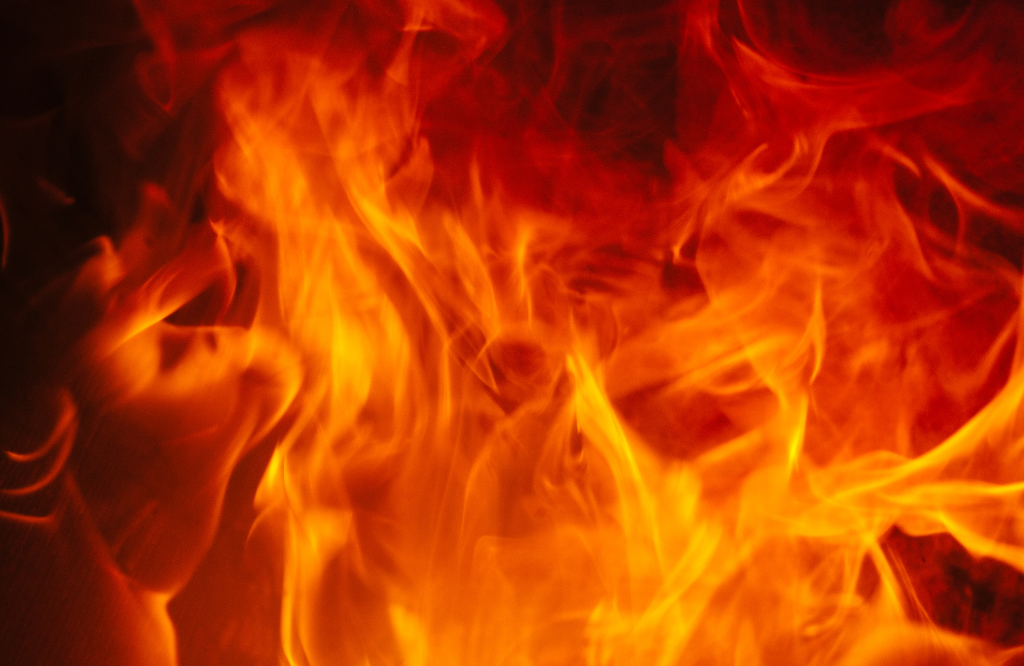
Key findings
Flammable Materials
The report highlighted the major responsibility of ACM cladding and insulation manufacturers. It accused them of knowingly supplying materials with serious fire risks. Despite the clear dangers and the fact that these materials didn’t meet building regulations, they were still used in the refurbishment without proper checks.
Negligence by Construction and Management Firms
Several companies responsible for the renovation, including contractors and architects, were found to have acted carelessly. They did not properly verify that the materials used were safe for a high-rise residential building like Grenfell Tower. In addition, the Royal Borough of Kensington and Chelsea (RBKC) and the Tenant Management Organisation (TMO), which managed the tower, failed to enforce crucial fire safety measures, putting residents at serious risk.
Government Failures
The report sharply criticised both local and national governments for their role in the widespread failures of building safety regulations. Despite knowing about the dangers of flammable cladding for decades, successive governments did little to address the issue. This lack of action allowed these risks to persist, putting countless lives at risk.

Regulatory Failures
The Phase 2 report uncovered serious flaws in building safety regulations, especially in how building materials are tested and certified. It showed that the testing system for flammable materials was weak. This allowed dangerous materials to be approved for use in high-rise buildings.
Ignored tenant warnings
The Grenfell Tower residents repeatedly voiced their fears about fire safety, especially during the building’s refurbishment. However, these warnings were consistently overlooked by both the TMO and RBKC, revealing a deeper, troubling pattern of neglect when it came to the safety of tenants.
Recommendations
The Phase 2 report outlines bold recommendations to transform building safety regulations across the UK. These include:
- A complete ban on the use of combustible materials in the cladding of high-rise buildings.
- Stricter fire safety standards, along with independent certification to ensure the quality of building materials.
- The creation of a national database for high-rise buildings, offering detailed information on their cladding and fire safety measures.
- Personalized evacuation plans for vulnerable residents in high-rise buildings to ensure their safety.
- Legal accountability for building owners and managers in cases of fire safety failures.
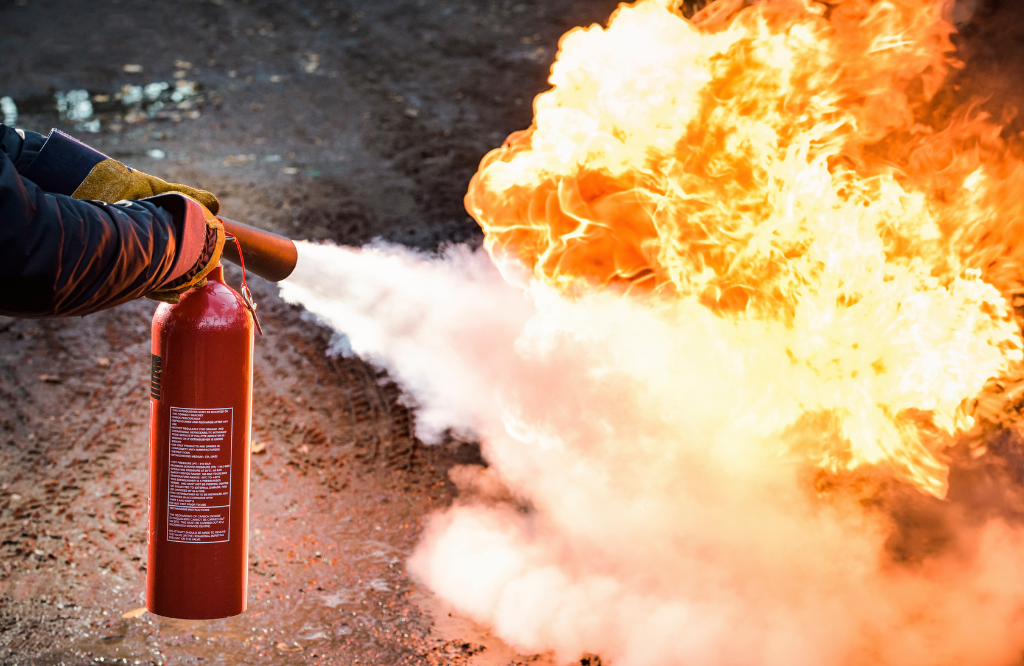
Conclusion
The Grenfell Tower Inquiry, through both its phases, reveals a web of systemic failures. Poor regulatory oversight to disastrous decisions in construction and management ultimately cost 72 lives. The findings make a powerful call for urgent reforms in building safety laws, demanding accountability from those responsible and introducing safeguards to prevent such a tragedy from ever happening again.
Beyond being a detailed investigation of the disaster, the reports emphasise the need for a cultural shift in how fire safety is handled in high-rise buildings. They stress that protecting lives must come before cost-cutting measures and corporate neglect.
